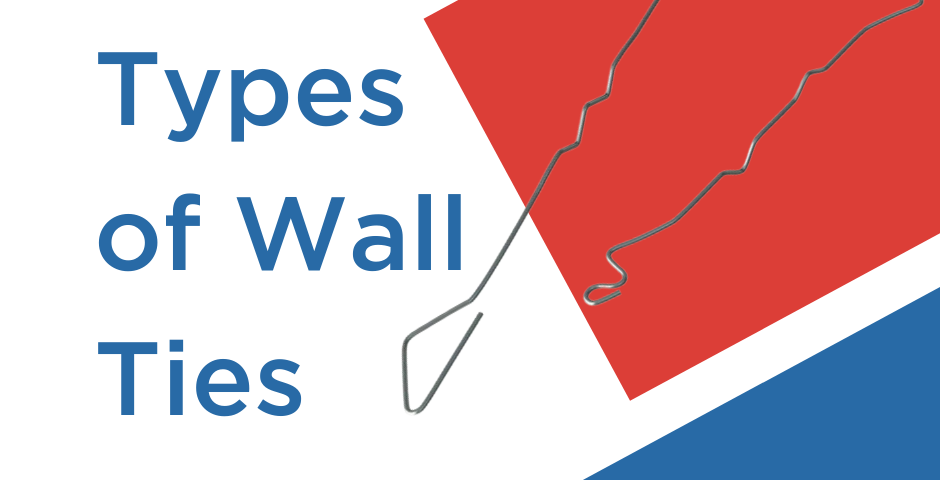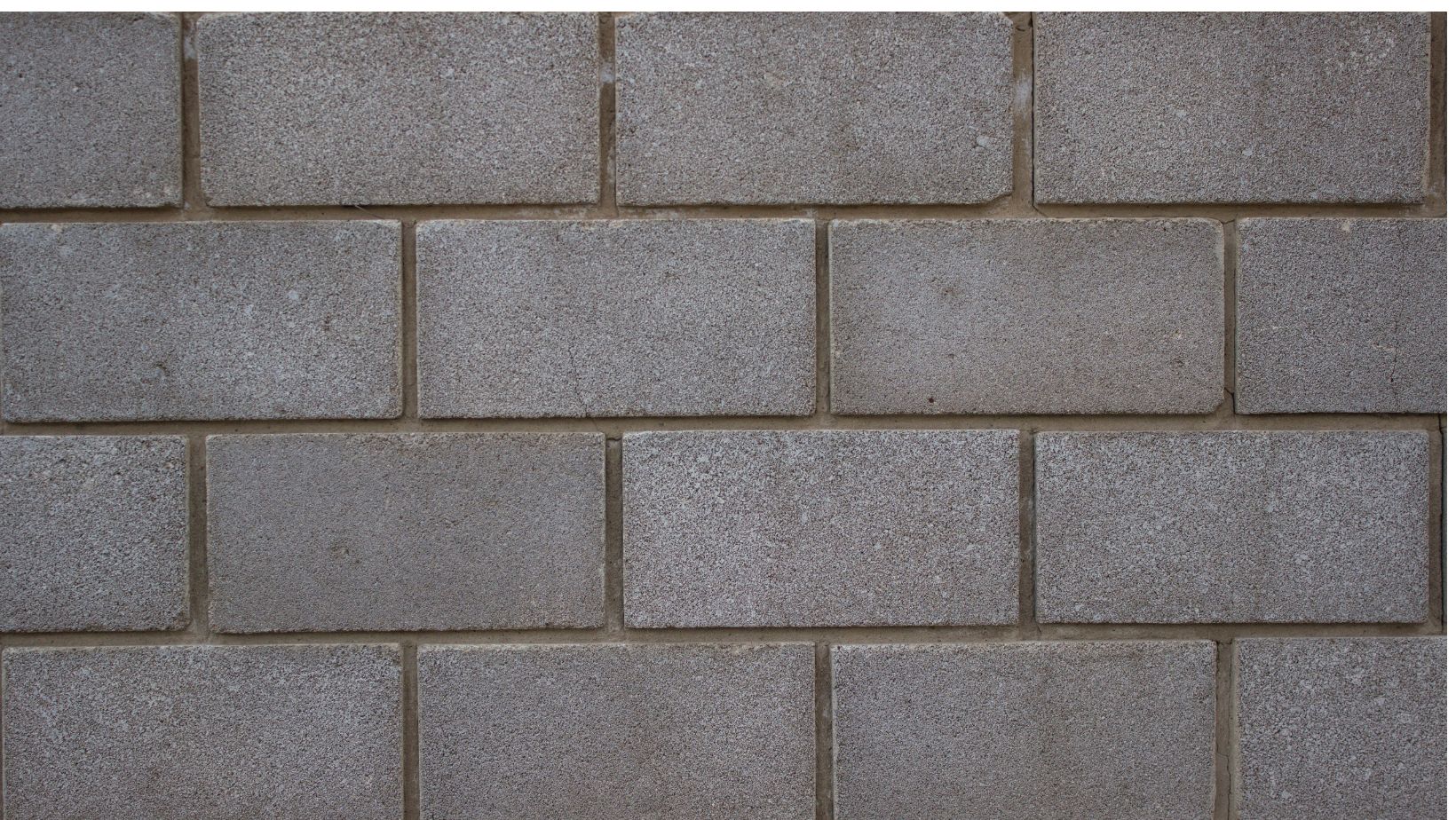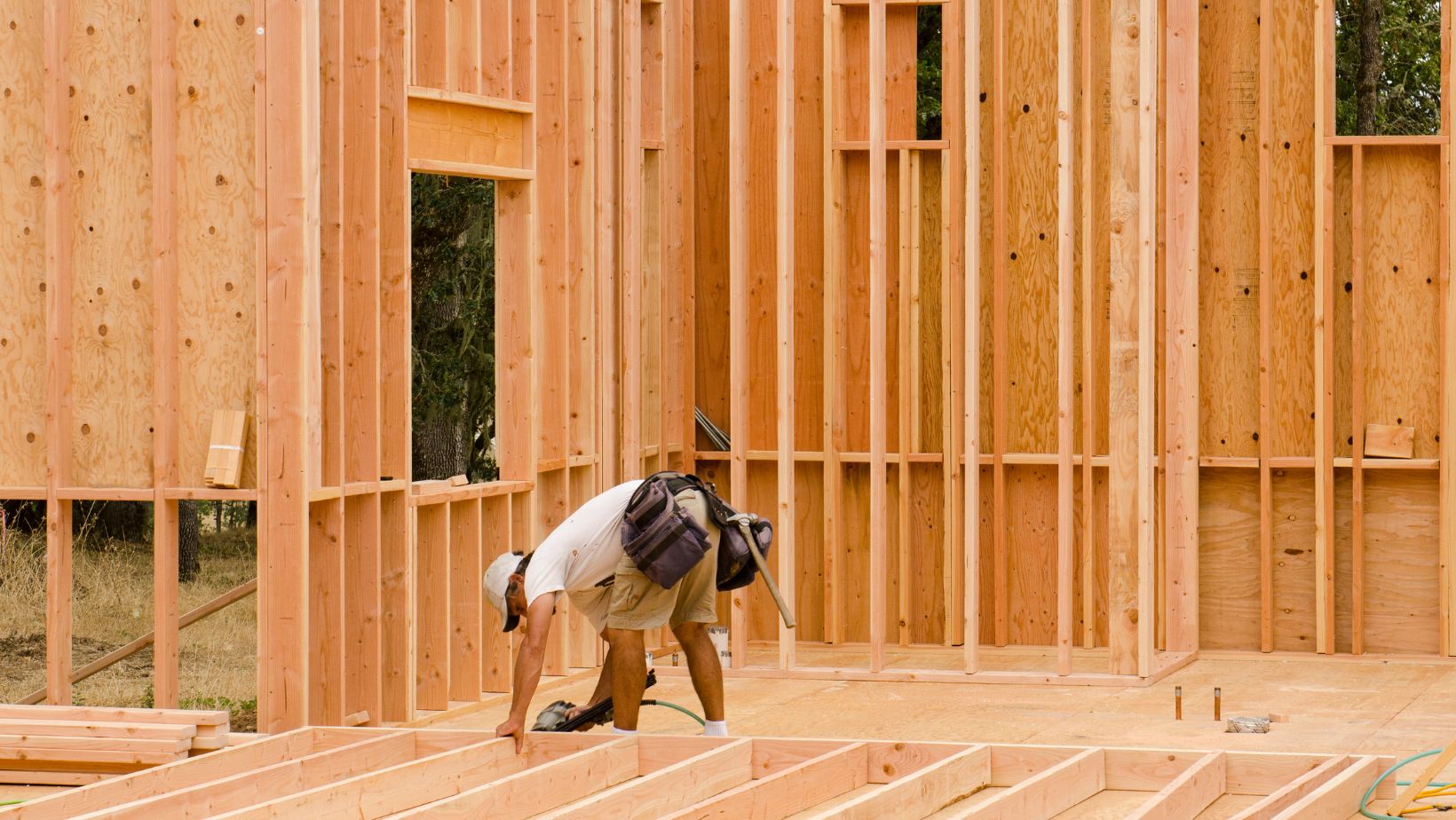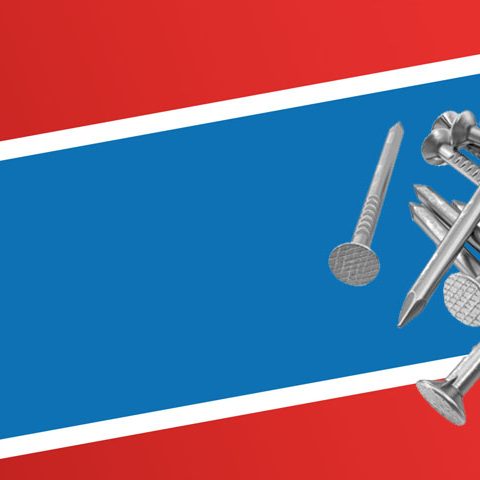
The majority of wall ties in the UK are categorised by types, from 1 through to 7. Some of these are more common than others, whereas others are referred to in more general terms and might not be known by their type.
This blog provides an introduction to the different types, their uses and some other wall ties you may want to consider.
Wall Ties For Brick
The standard types are brick-to-brick or masonry-to-masonry wall ties. Most of the time, these wall ties are made with stainless steel and should last the lifetime of the build, so long as they’re implemented correctly.
Type 1 Wall Ties
Type 1 wall ties are the most rigid and heavy-duty available. These ties are designed for already strong masonry units and situations where there’s unlikely to be any differential movement between the wall leaves.
Type 1 ties are suited to most buildings. However, tall or unusually-shaped sites may want to perform more detailed calculations beforehand.
Type 1 wall ties are not commonly used. Often, people opt instead for Type 2 or 4 wall ties.

H3-Type 2 Wall Ties
Type 2 wall ties are more general purpose and are a common choice for domestic and commercial builds where type 4 wall ties are not suitable – for example, if the building is greater than 10m tall.
These ties are suitable for domestic and small commercial properties with a maximum height of 15m. You can use them on flat sites where the basic wind speed is up to 31m/s, and the altitude is no higher than 150m above sea level.
In some instances, you can use type 2 wall ties in locations outside of the parameters above, but calculations would need to be made first.
Type 3 Wall Ties
Type 3 wall ties are also classed as general purpose and are very similar to type 2.
The only difference between types 3 and 2 is that you shouldn’t use type 3 wall ties above a basic wind speed of 27m/s, which is slightly lower than the capabilities of type 2. As a result, people will often choose a type 2 wall tie.
Type 4 Wall Ties
Type 4 wall ties are the biggest-selling wall ties and the go-to choice for most residential buildings and extensions.
Type 4 is a light-duty wall tie suitable for smaller box-form dwellings with similar thickness inner and outer leaves.
Type 4 wall ties have similar requirements to type 3, except you should only use them in buildings with a maximum height of 10m, rather than 15m.
Timber Frame Wall Ties
There are different ties for masonry-to-timber cavity walls designed to handle a considerable amount of vertical movement between the leaves.
Type 6 wall ties are timber wall ties, and they are the most common and can sometimes be simply referred to as timber frame ties.

Type 5 Timber Wall Ties
Type 5 timber wall ties are designed for domestic houses and commercial developments up to three storeys tall, with a maximum height of 15m.
Type 5 wall ties are suitable for flat sites where the basic wind speed doesn’t exceed 25m/s and with an altitude no greater than 150m.
Type 6 Timber Wall Ties
The type 6 wall tie is very similar to type 5, except it can be used in properties and developments up to four storeys tall. This tie is the go-to choice for the majority of masonry-to-timber wall ties.
Shop our Type 6 timber frame tie!
Type 7 Timber Wall Ties
Type 7 wall ties, again, have many of the same values as type 5. However, type 7 wall ties are suitable from five to seven storeys high.
If considering type 7 timber wall ties, you should calculate their suitability to your specific build beforehand.
Helical Wall Ties, Sliding Wall Ties, Remedial Wall Ties And Starter Wall Ties
There are a few other styles of wall ties available, depending on the job at hand.
- Helical wall ties - These wall ties are designed for use on timber and are suitable for cavities from 50mm to 100mm.
- Movement and Sliding Ties - There are various types of ties that allow movement in one or more directions, such as horizontally but not vertically.
- Remedial Wall Ties - Remedial wall ties are useful for replacing old or corroded wall ties.
- Starter Wall Ties - These ties can be used when new walls are joined to existing masonry, thus creating a cavity wall.
If you are looking for the perfect ties for your next project, why not browse our range? We offer great products at some of the best prices on the market!
If you are unsure of the best wall tie for the job, check out our articles on choosing the right cavity wall tie to help you make an informed decision.



